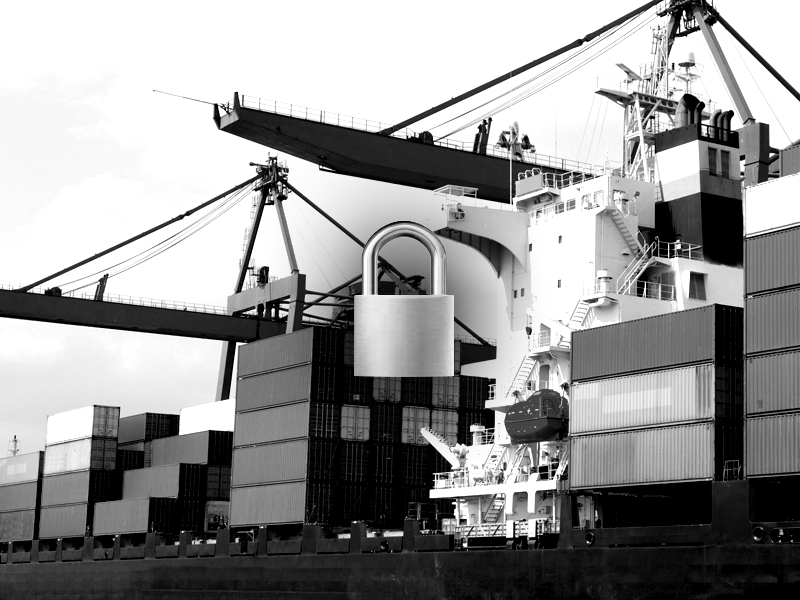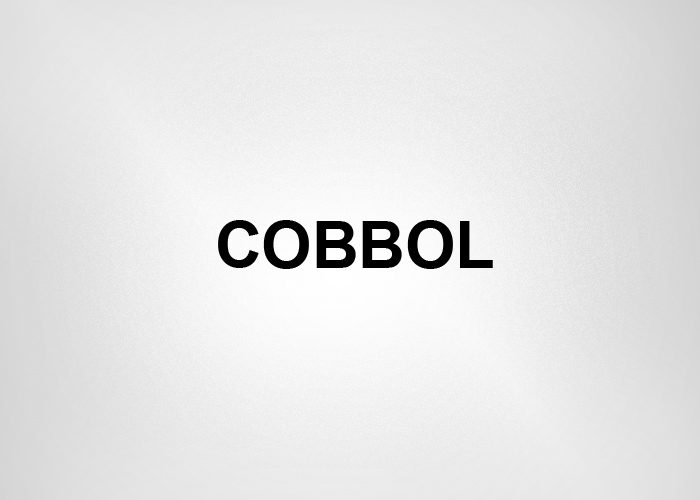The bill of lading – Part 3
Today I would like to focus on considerations what possibilities of goods shipping offered in the liner service in regard to the size of the consignment.
Let us start with a note that nowadays a majority of the international exchanges is provided with a usage of the containers. The ship’s operators surpass each other in building larger and larger vessels to which now can be “packed” on the board with more than 15,000 TEU (twenty equivalent unit). The Maersk aims at that and its largest vessels have entered the DCT Gdańsk terminal for a longer time 
But it is not that I wanted to write about. Coming back to the merits, container consignments can be divided into:
– Full Container Load (FCL)
– Less Than Container Load (LCL).
In the case of the FCLs it is simple – one consignor, one consignee, one (or more) container – FCL/FCL.
It is an open secret that a lot of the cargos does not meet a weight criteria or a volume one to fulfil the whole container and they are shipped by the LCL freight. The profitability of the concerned method of shipping depends on the freight price. As far as in the case of the FCLs it is simple, but when dealing with the maritime LCL not necessarily.
I will dedicate a separate post to the maritime LCL rates 
As we have already get to know what are the MBL and HBL (from the previous post) so below I will show how to use them in practice.
In the case of the LCL shipments we have at our disposal slightly more opportunities of loading. But in turn:
– FCL/LCL – one shipper/many consignees
– LCL/FCL – many shippers/one consignee
– LCL/LCL – many shippers/many consignees
– I will preview briefly all above mentioned situations.
FCL/LCL – one plant in the exporter country finds a lot of consignees and packs to one container the goods for many consignees. One should note that those consignees can originate from different countries! In such a case the simplest way to manage it is to use a dedicated logistics partner which will deconsolidate (discharge) a shipping to the warehouse and will hand over the relevant goods to the relevant consignees. On what basis? Well, just on the basis of the HBL. For each consignee in the country of dispatching will be issued a separate HBL which will include STRICTLY ONLY his batch of the load! The common feature of the HBL set is a common consignor.
LCL/FCL – many suppliers in the country (countries) of shipping finds a consignee for their goods, delivers them to the consolidation warehouse and packs to one container. That each supplier has a palette, and a consignee takes THE WHOLE container! In such a case you should also use a logistics partner which will “consolidate” such a cargo and send it “to the world”. Here, you must also use both the MBL+HBL (certainly many HBLs) because each supplier must receive his own transportation document. To receive a container one needs ALL issued HBLs. The common feature of each HBL (although not always) is a common consignor.
LCL/LCL – many suppliers find many consignees in many countries. That is h just what tigers like the best  This kind of shipment is usually used by the NVOCC which are professionally engaged in consolidation and deconsolidation of the cargos. For each load batch (so for both a shipper, and a consignee) will be issued the HBL set. There is no common feature in the case of the LCL/LCL shipments.
This kind of shipment is usually used by the NVOCC which are professionally engaged in consolidation and deconsolidation of the cargos. For each load batch (so for both a shipper, and a consignee) will be issued the HBL set. There is no common feature in the case of the LCL/LCL shipments.
Well, I have overwritten  , and this is just a beginning…
, and this is just a beginning…
In some time (hopefully short) I invite you for a continuation of these considerations of this very complicated document which is a bill of lading.





